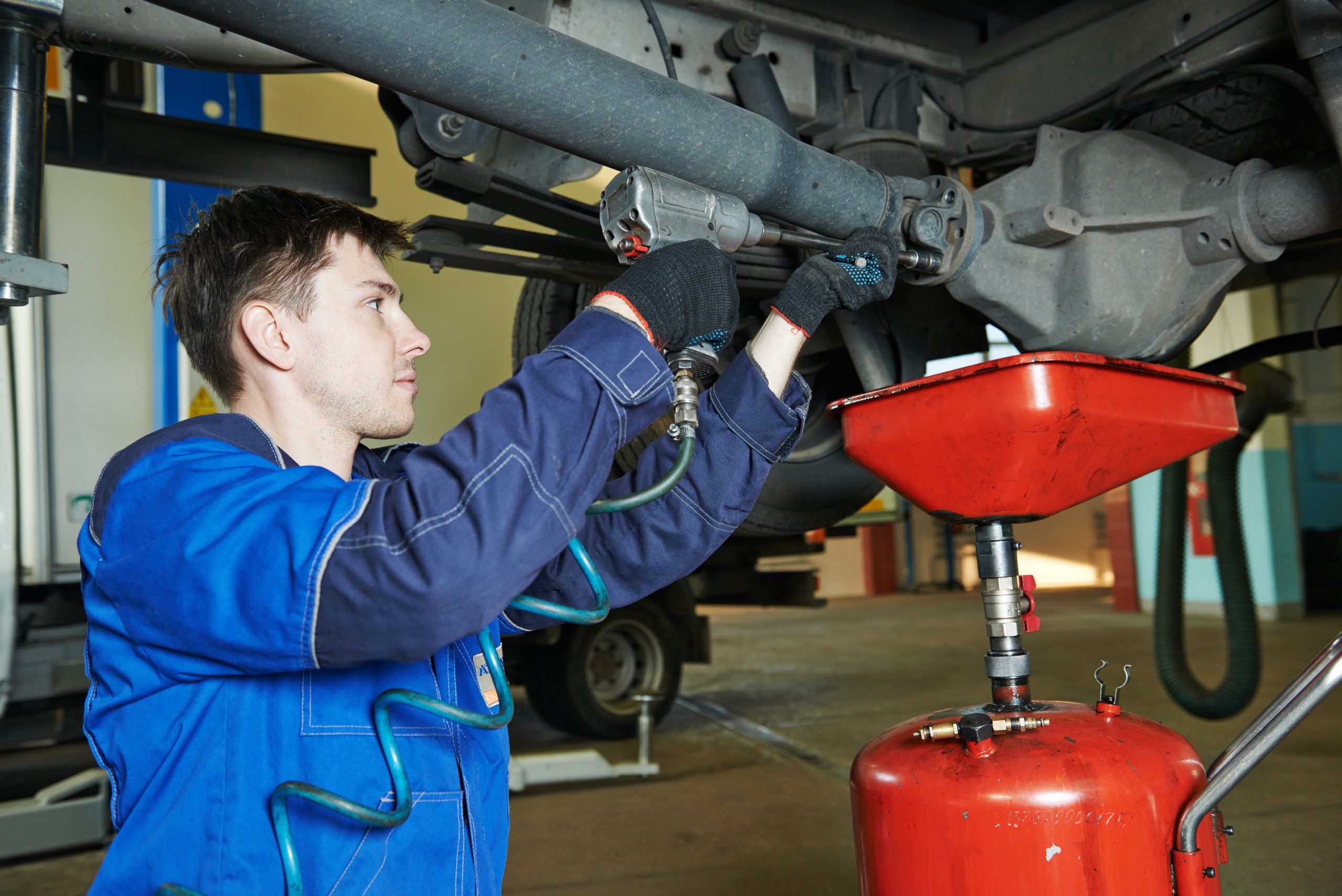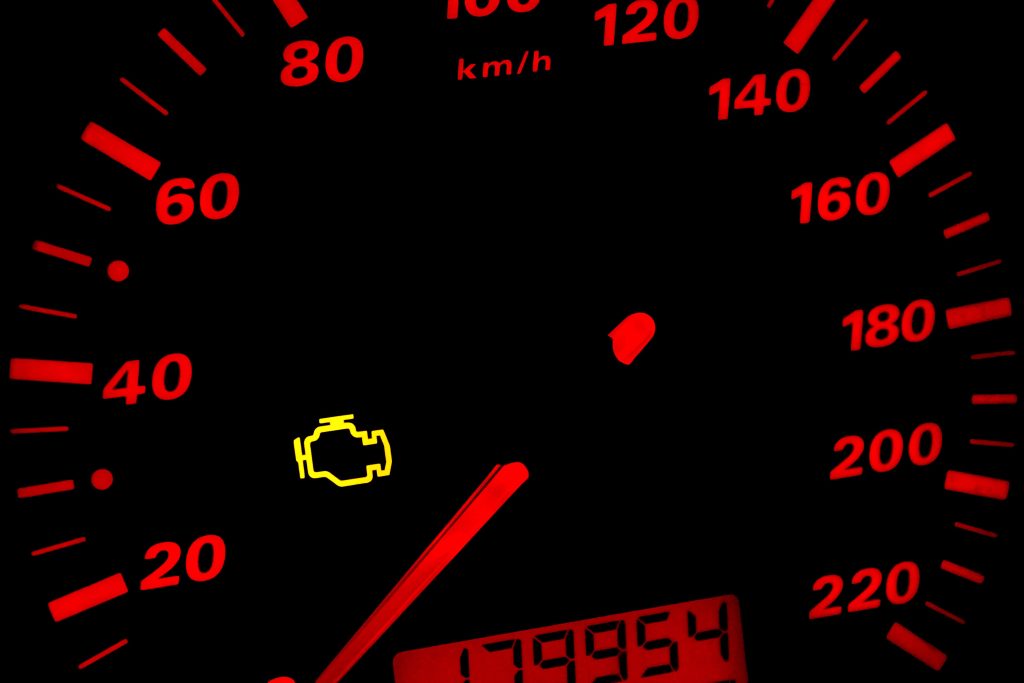
Managing a fleet of vehicles comes with operational struggles that are the same regardless of whether you’re a plumbing or HVAC company, landscaping, non-emergency medical transportation company, delivery or courier service, or any of the other companies that rely on vehicles to service customers.
These operational struggles can generally be broken down into 5 categories:
- Fleet maintenance and repairs
- Driver recruitment and retention
- Fuel management
- Route optimization
- Compliance and regulatory issues
Overall, managing a service fleet requires careful planning, attention to detail, and effective use of technology and resources to overcome these operational challenges. In this blog, we’ll focus primarily on fleet maintenance, and how you can leverage modern technology to optimize your operations.
The cost of routine maintenance

One of the largest expenses a service fleet faces is maintaining that fleet.
The cost of vehicle maintenance can quickly add up, especially when dealing with a large fleet. Let’s take a closer look at the cost of vehicle maintenance for service fleets and what businesses can do to minimize these expenses.
First, let’s consider the various types of vehicle maintenance that service fleets require. Routine maintenance includes oil changes, tire rotations, and regular inspections—which in total can cost upwards of $400 per vehicle every couple of months.
These preventative measures are essential to keep vehicles in good condition and to identify potential issues before they become major problems.
In addition to routine maintenance, service fleets may also need to invest in repairs due to accidents, wear and tear, and other unexpected events—costing you thousands of dollars extra.
One of the biggest factors that affect the cost of vehicle maintenance is the type of vehicle in the fleet. Vehicles that are older, have higher mileage, or are used more frequently may require more maintenance and repairs.
Additionally, the type of vehicle may also impact maintenance costs. For example, trucks and vans may require more expensive parts or specialized maintenance services.
Another important factor to consider is the frequency of maintenance. Regular preventative maintenance is crucial to avoid more costly repairs down the road. However, businesses need to strike a balance between keeping their vehicles in good condition and avoiding unnecessary expenses. Developing a maintenance schedule and sticking to it can help businesses find this balance.
To minimize the cost of vehicle maintenance for service fleets, businesses should also consider the following strategies:
- Invest in quality vehicles: Purchasing reliable vehicles that are built to last can help reduce the frequency of repairs and maintenance.
- Train drivers on proper maintenance: Proper vehicle maintenance doesn’t just happen in the garage; it also involves how drivers operate and care for their vehicles. Providing drivers with training on basic maintenance tasks, such as checking tire pressure and oil levels, can help prolong the life of vehicles and minimize repair costs.
- Use technology to track maintenance: Fleet management software can help businesses track maintenance schedules and identify potential issues before they become major problems. By staying on top of maintenance, businesses can avoid costly repairs and downtime. GPSTab Fleetview Device and Maintenance scheduler is a great solution for this with the ability to set repair and maintenance based on either time or mileage, receive notifications about upcoming maintenance, and track diagnostic fault codes to manage exceptions.
- Choose a reputable maintenance provider: When it comes to repairs and maintenance, it’s essential to work with a trusted and experienced provider. By choosing a provider with a track record of quality service, businesses can ensure that repairs are done correctly and that vehicles stay on the road longer.
How important is routine maintenance?

While repair and maintenance are necessary to keep service fleets operating efficiently, there are some negative impacts that can arise from these activities, including:
- Downtime: When service vehicles are being repaired or maintained, they are unavailable for use, which can lead to decreased productivity and delayed service delivery.
- Increased Costs: Repairs and maintenance can be expensive, particularly if unexpected issues arise or if routine maintenance is neglected, leading to more costly repairs in the future.
- Reduced Lifespan: Neglecting regular maintenance can shorten the lifespan of service vehicles, resulting in the need to replace them sooner than expected, which can be costly.
- Safety Risks: Failure to address necessary repairs and maintenance can increase the risk of accidents, breakdowns, and other safety hazards, which can put drivers, passengers, and other road users at risk.
- Reduced Efficiency: Service vehicles that are not maintained properly may not operate at peak efficiency, resulting in increased fuel consumption, reduced performance, and higher emissions.
It is important for service fleet managers to balance the need for repairs and maintenance with the need for vehicle availability and cost-effectiveness, to minimize these negative impacts. Regular preventative maintenance and timely repairs can help reduce the negative impacts of maintenance on service fleets.
Are all Check Engine lights serious?

Check Engine light on? What do you do?
Wouldn’t it be great if you could know – remotely – why one of your vehicles has a check engine light on? Being able to see diagnostic codes in real-time without pulling a vehicle off the road can help service fleets in several ways:
- Early Detection of Issues: Diagnostic codes can alert service fleets to potential issues with a vehicle before they become serious problems. This can help fleet managers to schedule maintenance and repairs before the vehicle breaks down, reducing the chances of downtime and unexpected repair costs.
- Efficient Repairs: Diagnostic codes can help service technicians quickly identify the cause of a problem and make the necessary repairs. This can save time and reduce labor costs for fleet maintenance.
- Improved Fleet Performance: By regularly monitoring diagnostic codes, fleet managers can identify trends and patterns in vehicle performance. This information can be used to optimize vehicle maintenance schedules and identify opportunities for improving fleet efficiency.
- Increased Safety: Diagnostic codes can help to identify safety issues with vehicles, such as faulty brakes or airbags. By addressing these issues promptly, fleet managers can reduce the risk of accidents and improve driver safety.
Overall, vehicle diagnostic codes can be a valuable tool for service fleets, helping them to improve vehicle performance, reduce downtime, and increase safety.
And with GPSTab’s FleetView, you can use these tools to start limiting your costs, while driving efficiency and performance! FleetView provides you with telematics and diagnostic codes that help you decide whether or not to pull a vehicle out of service, proactively order parts, and minimize downtime.
You can also limit the cost of vehicle maintenance by using GPSTab to track maintenance schedules and keep your fleet running smoothly.
Learn how GPSTab’s Fleetview device and platform allow you to quickly leverage the tools you need to manage your fleet today by completing the form below:





